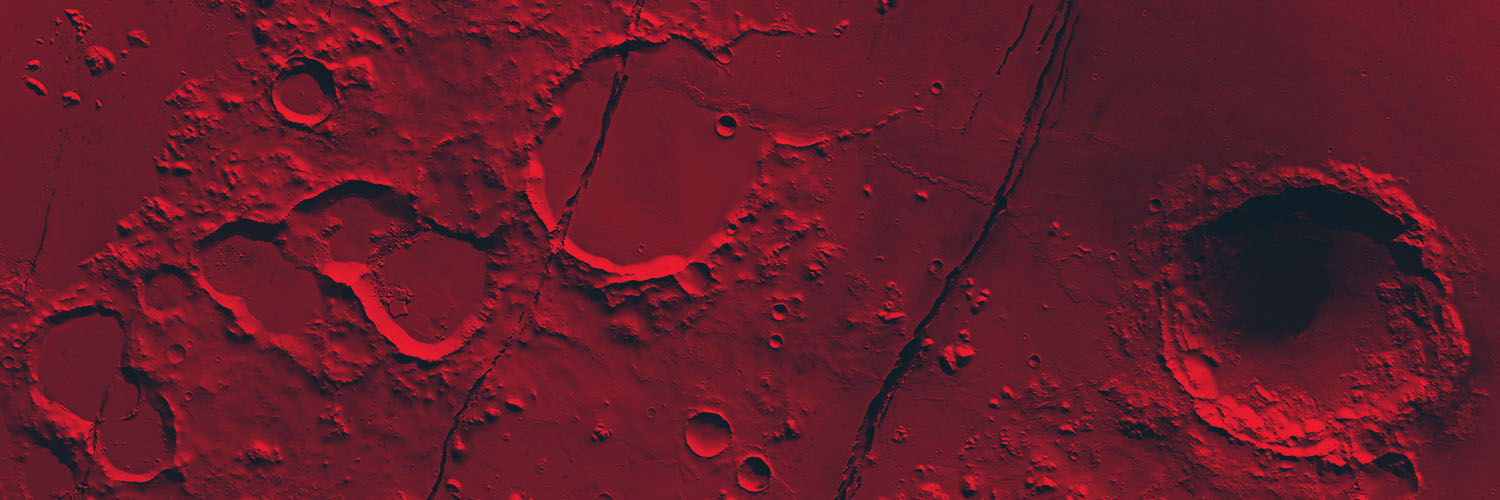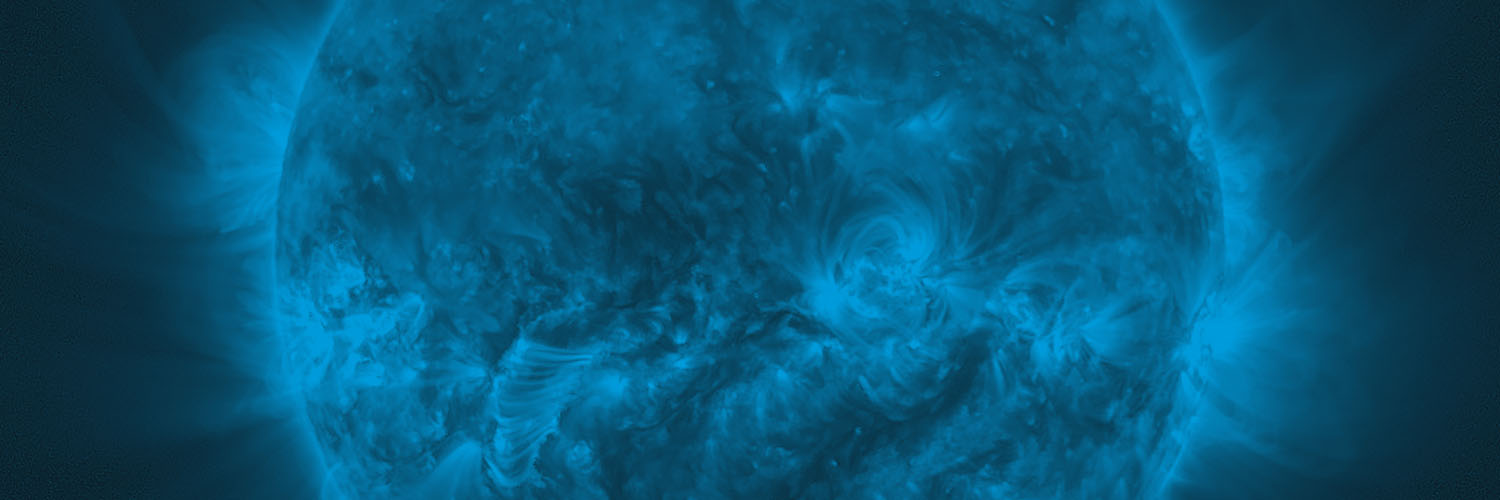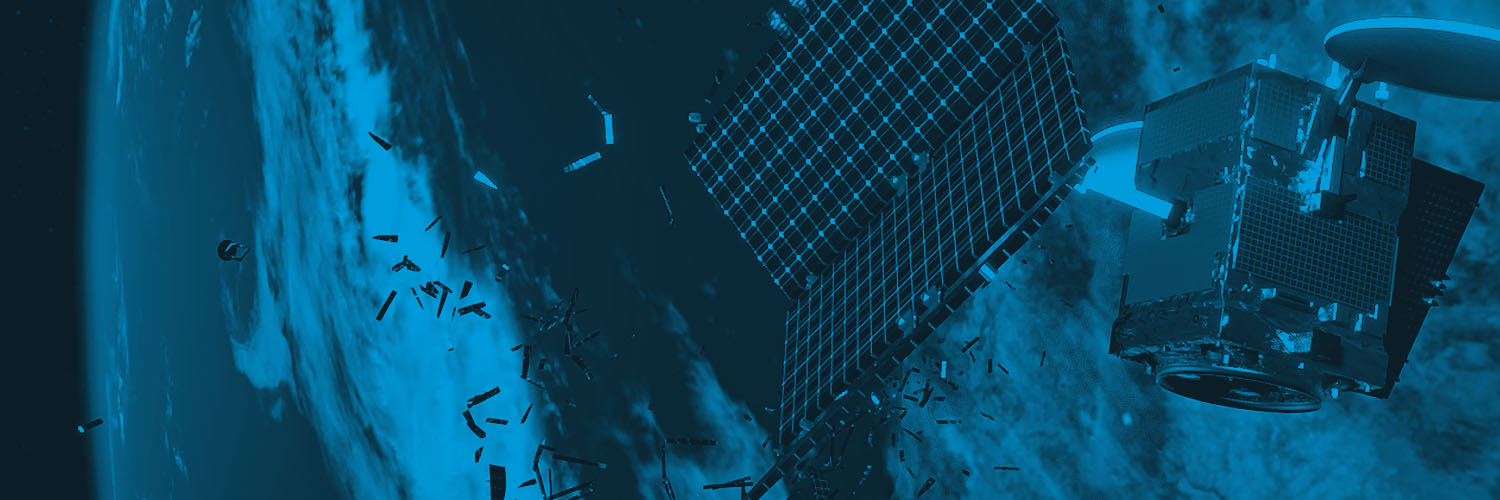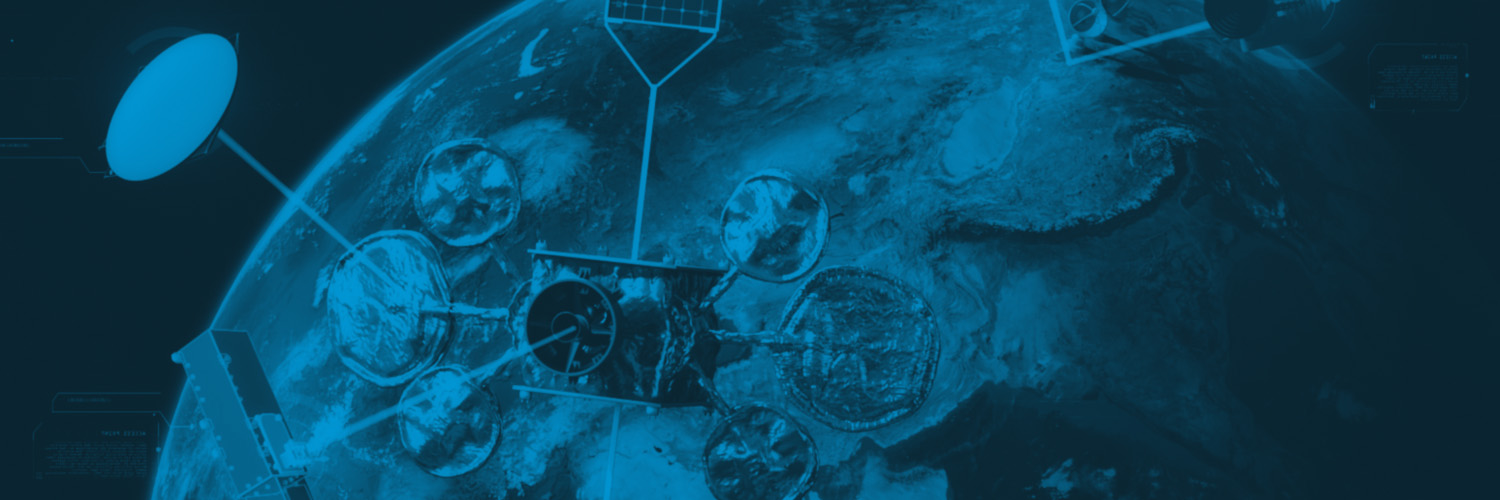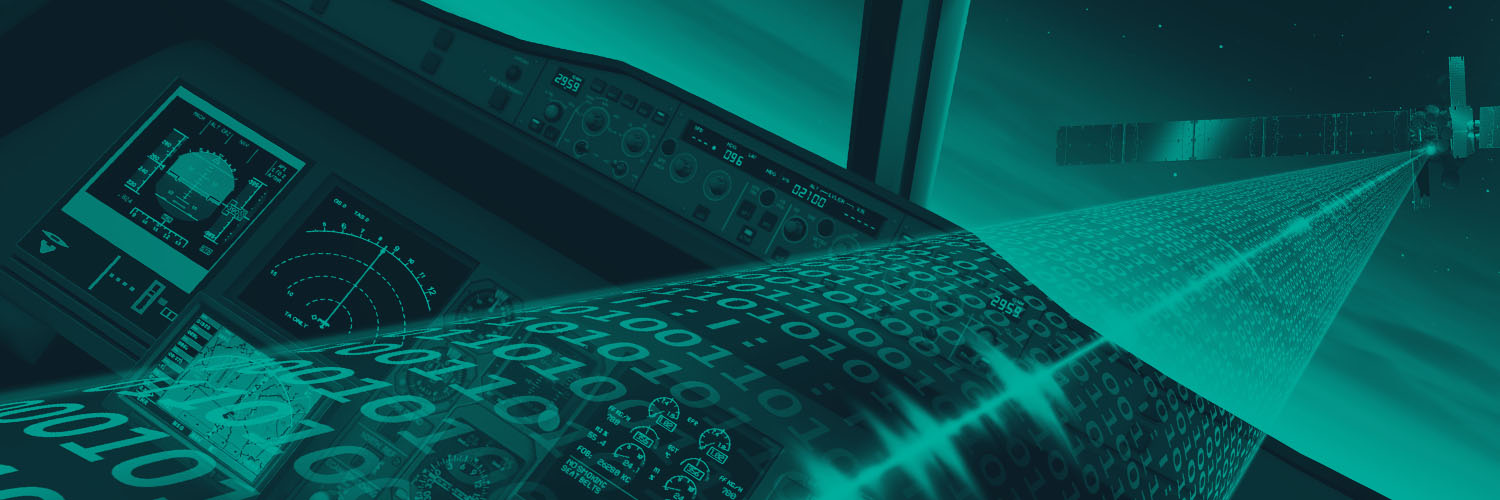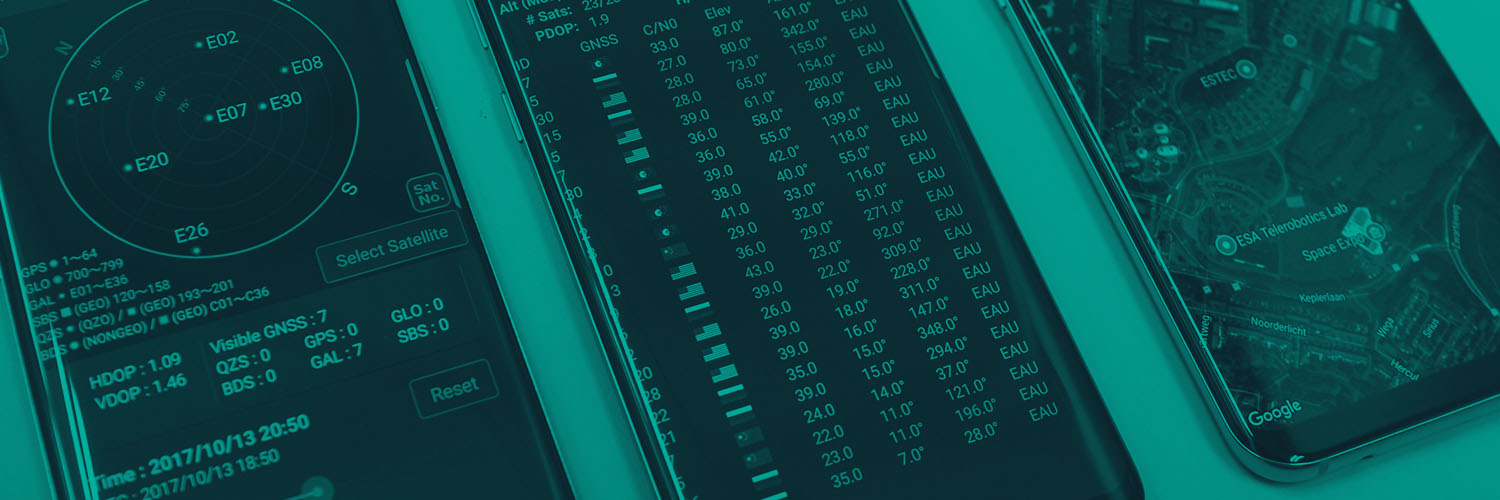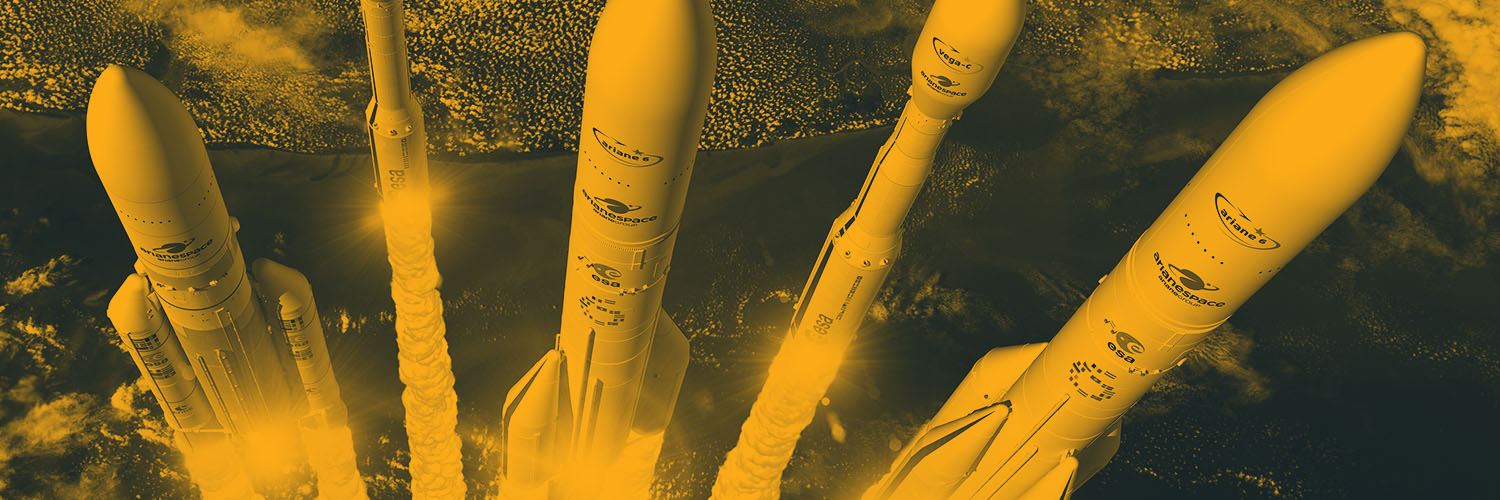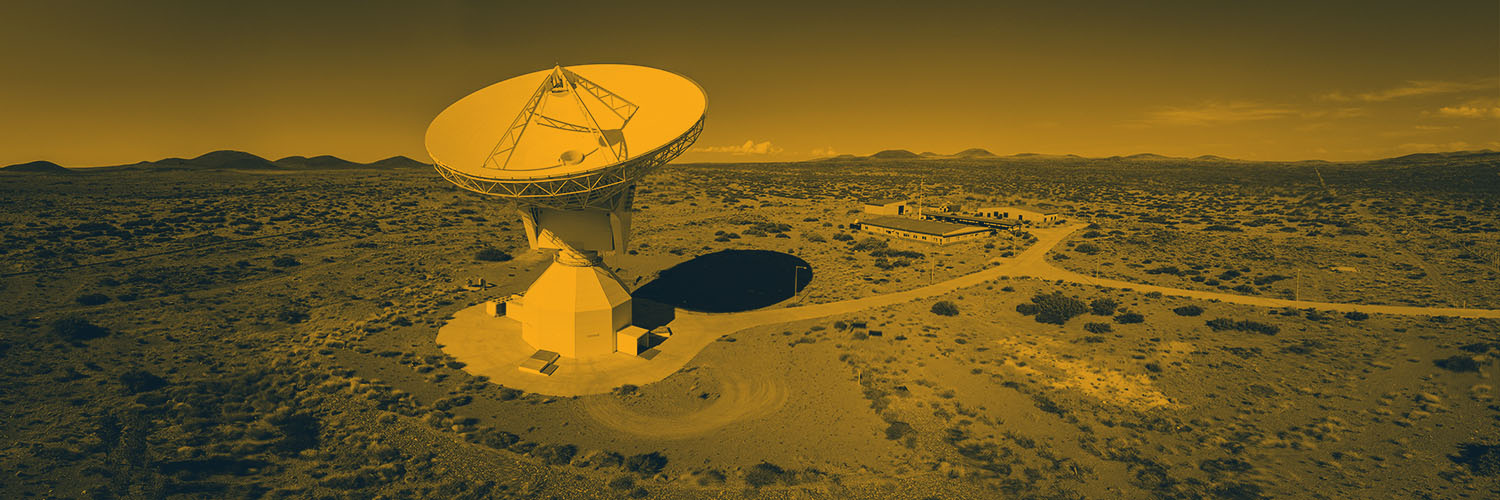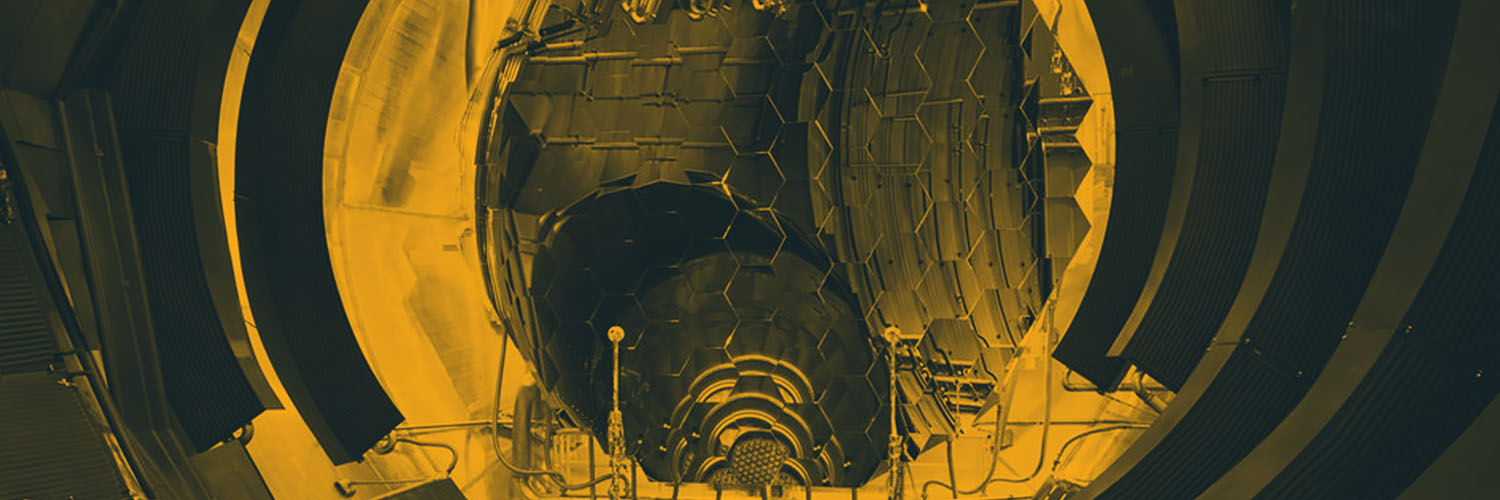Space Debris

Space debris is the unintended result of over six decades of spaceflight endeavours, and largely stem from break-ups, explosions or collisions of the approximately 8950 satellites that have been sent into orbit since 1957.
Today, ESA estimates there are over 900 000 debris objects larger than 1 cm in orbit; any impact with a functioning satellite can cause damage and potentially end its mission.
The destruction of individual satellites or permanent loss of specific orbits because of unchecked debris growth would have a devastating effect on Europe’s economic activities in space (worth, directly, over €8 billion) and seriously affect the global economy.
Today, global satellite operators spend €14 million annually on debris impact avoidance manoeuvres, but more than 99% of these are false alerts. However, in recent years, commercialisation of space is seeing huge growth and ‘Space 4.0’ means massive deployments of small satellites and large constellations by new commercial players. This will generate several hundreds of thousands collision warnings each week for operators of megaconstellations, many times more than now.
Under its space safety activities, ESA aims to develop technologies to automate collision warnings, provide highly accurate orbit data and mitigate or remove debris risks, opening a valuable, new job-creating business for European industry, which will acquire a competitive advantage on the global market.
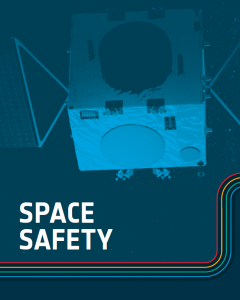 Facts and figures about this proposal [ Download PDF ]
Facts and figures about this proposal [ Download PDF ]


